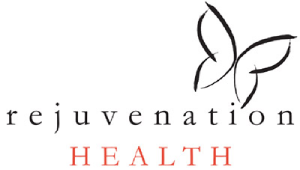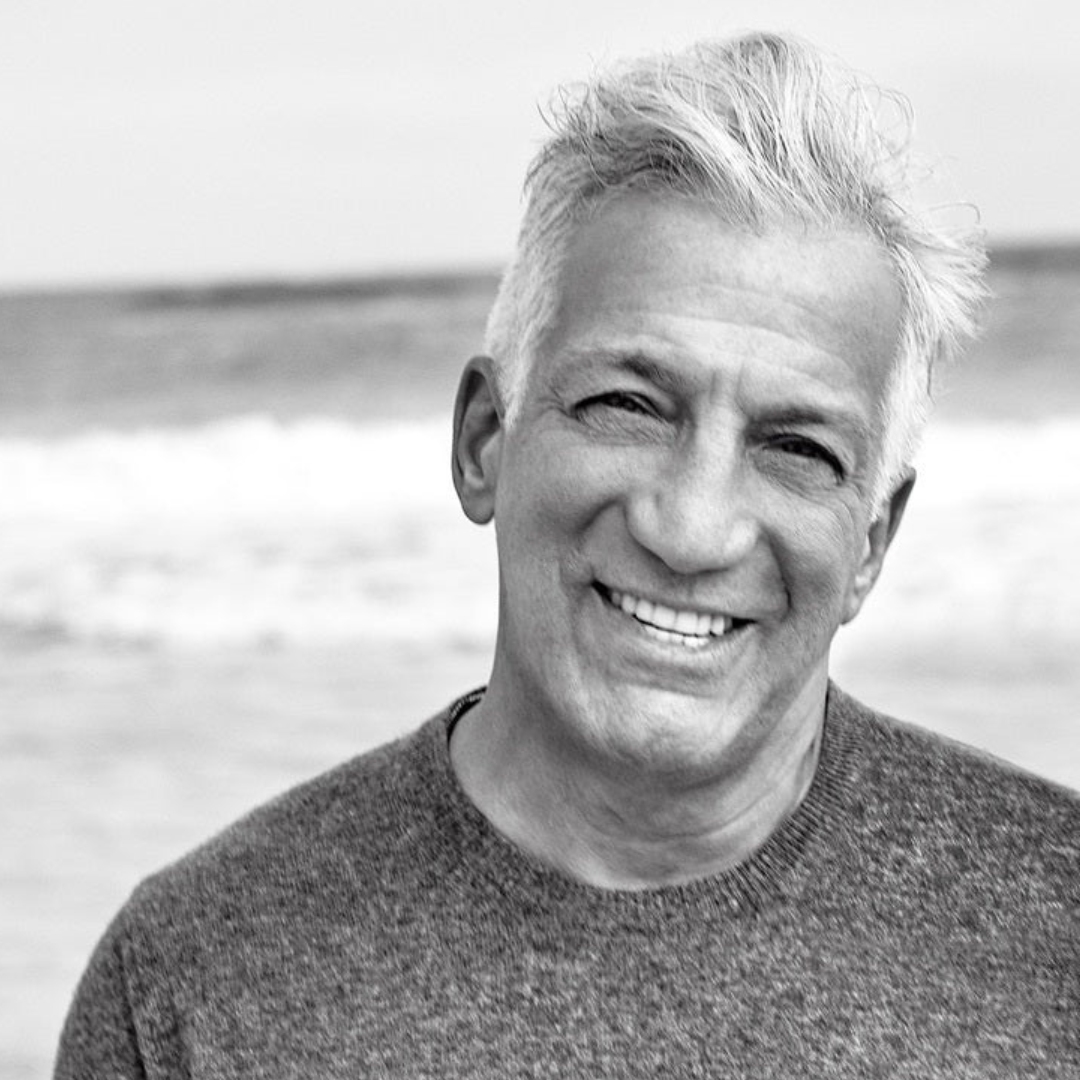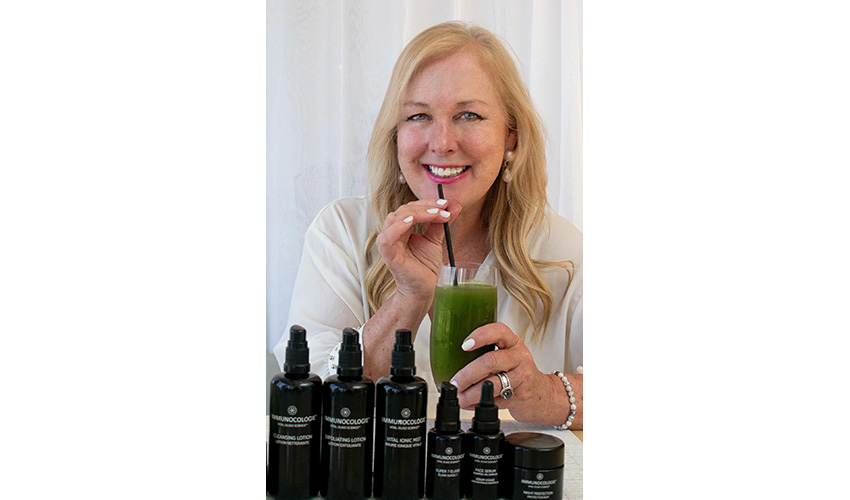Biological dentistry is a novel approach to current “conventional” dentistry. This approach fosters your overall health and wellness, rather than treating the symptoms of a disease.
The history of biological dentistry really diverges from traditional dentistry in the 1970s. Biological and holistic dental offices have been popping up around the world for more than 40 years now. The beginnings of this functional approach to whole-body dentistry are surprising.
Biological dentistry is sometimes called (but not always exactly the same as):
- Holistic dentistry
- Functional dentistry
- Integrative dentistry
- Biocompatible dentistry
- Unconventional dentistry
- Alternative dentistry
Biological dentistry, like biomimetic dentistry, comprehends the mind, body, and spirit of the patient — not just your teeth. It incorporates the usage of biocompatible materials to avoid toxic metal poisoning and side effect-free techniques, such as acupuncture and neural therapy.
Biological dentistry used to be very niche. But in 2022, more people are seeking these kinds of dental procedures than ever before.
In this article, we’ll discuss the history of biological dentistry and why you should choose biological dentistry for your dental health, as well as your overall health.
Early Dentistry
In the early 1700s, the founder of modern scientific dentistry, Pierre Fauchard, developed dentistry science as we know it today. In 1728, he published Le Chirurgien Dentist, which covered the fundamentals of the dental/oral anatomy, function, construction, and different treatments
For better or worse, Fauchard distinguished dentistry from the wider category of surgery.
Here are a few more bullet points from dental history:
- In 1771, the “father of modern surgery” John Hunter published The Natural History of Human Teeth.
- In the 1790s, laughing gas (nitrous oxide) was introduced to dental offices for fast pain relief.
- In 1830, the American Society of Dental Surgeons (ASDS) endorsed mercury amalgam fillings, and mercury fillings became popular due to efficacy, ease, and low price.
- In 1838, Edwin Maynard administered the very first root canal treatment, using a watch spring.
- In 1840, the ASDS banned its members from utilizing mercury amalgam fillings.
- In 1859, the American Dental Association (ADA) was founded, mainly because the ASDS believed the use of mercury in the mouth was dangerous, and the ADA disagreed. The ASDS soon thereafter closed its doors.
- In 1905, Alfred Einhorn discovered Novocain (procaine), a popular anesthetic drug used in many oral surgeries.
- In 1907, William Taggart developed a precision casting machine that enabled dentists to make highly accurate fillings.
- In 1908, Greene Vardiman Black published Operative Dentistry, standardizing dental restorative materials for 50 years.
- In 1926, Alfred Stock discovered that amalgam fillings lead to mercury toxicity. For that reason, he suggested that dental practice should phase out amalgam as a means for filling teeth. Unfortunately, Stock did not succeed in eliminating amalgam from modern dental practice.
- In the 1930s, a dentist stumbled across the discovery that fluoride reduces tooth decay. As of today, fluoride continues to be dental science’s vital weapon in the battle against tooth decay, even though alternatives like hydroxyapatite seem to achieve the same results with fewer potential side effects.
How Biological & Holistic Dentistry Started
Weston A. Price (1870-1948) is the father of biological dentistry. He used to direct research at the ADA. Ahead of his time, he blamed the increase in tooth decay on modern dietary trends, not simply poor “dental hygiene.”
Price came up with the revolutionary “Focal Infection Theory.” He concluded that certain diseases of the heart, kidney, bladder, joints, lung, and even the mind could result from root canals and other dental procedures, even if they were successful.
(It’s worth noting that the focal infection theory was generally disproved in its original state, though the basic premise of this theory is still relevant today.)
In 1978, holistic dentists founded the Holistic Dental Association, whose 2 aims were to:
- Provide guidance to dental patients who felt failed by conventional dentistry
- To assist the continued education of holistic dental practitioners
In 1984, the International Academy of Oral Medicine and Toxicology (IAOMT) was founded. IAOMT researched the biocompatibility of dental products and expanded public awareness concerning the toxic potentials of mercury amalgam fillings, fluoride, and other biotoxic materials.
In 1985, the International Academy of Biological Dentistry and Medicine (IABDM) was founded. Ed Arana, DDS, and Gary Verigin, DDS, formed this academy to educate dentists and the public about the systemic nature of dental health.
Sweden-based scientists conducted a study in 1987. According to that study, the cause of the linkage between amalgam load and accumulation of mercury in tissues is the release of mercury vapor from amalgam fillings.
In 1993, microbiologist Anne Sommers found mercury amalgam fillings shifted bacterial makeup found in human intestines.
A 1994 human autopsy study correlated mercury levels in the brains and kidneys of deceased babies with the number of mercury amalgam fillings in the mother’s teeth.
A 1997 study found that elemental mercury vapor released when placing or removing amalgam fillings is toxic to your brain’s neurons. Low-dose mercury causes neurofibrillary tangles in the brain, which is known as a critical biomarker for Alzheimer’s disease.
It is no wonder that there is a genuine need to develop holistic dentistry. For many years, dentistry was done in isolation with less or no thought on how treatments affected other functions of the body. But, now the situation has changed tremendously, thanks to biological dentistry.
Holistic Dentistry Before It Was Labeled Holistic Dentistry
Let’s go back in time before certain practices were labeled as biological dentistry or holistic dentistry.
Rejection of Mercury Amalgam
Most biological dentists reject the use of mercury amalgam fillings. This rejection traces back to the 1840s when the primary dental association at the time withdrew their endorsement of mercury amalgam fillings and declared mercury was toxic.
19 years later, the American Dental Association (ADA) was formed with the primary purpose of endorsing mercury amalgam fillings.
The previous dental association maintained that mercury was toxic, but most dentists preferred to continue using mercury because of its cheap price and ease of use. That previous association shuttered its doors soon after the ADA formed.
Even though the terms “holistic dentist” and “biological dentist” did not exist back then, the anti-mercury sect of dentists would have agreed with modern-day biological dentistry.
Rejection of Fluoride
Fluoride in toothpaste appeared early in the 1900s and gained mainstream popularity during the 1940s. Scientists have observed the effects of fluoride toxicity but largely agreed that the benefits outweigh the potential risks.
However, from the advent of fluoridated toothpaste, it has always had its opponents — including dental healthcare providers. They would not have been called holistic or biological, but would have agreed with today’s biological dentists.
Fluoridated water is an even more controversial subject. If you don’t want to use fluoride toothpaste, you can simply purchase an alternative. However, there’s less individual choice if you live in an area where fluoride has been added to your public water supply.
Adding fluoride to the water supply was a “public health” act clouded in controversy.
Fluorosilicic acid (FSA) was a fertilizer waste byproduct polluting the Florida air. Farmers complained, and fertilizer producers had to turn FSA into a toxic liquid that was more containable.
Fertilizer companies began to slowly drip the toxic chemicals into the water supply to “dispose” of it. Within two decades, the government would be paying them to do the same thing.
The history of fluoridated water is too complicated to get into in this article, but suffice it to say that, if biological dentists had existed, they would have opposed this public water fluoridation.
According to the IAOMT and various research studies, fluoride exposure can lead to the following health complications:
- Dental/skeletal fluorosis
- ADHD
- Lower IQ, especially in children
- Early puberty in girls
- Lower fertility rates
- Harm to the fetal brain
- Diabetes
- Sleep dysfunction
- Heart failure
- High blood pressure
- Arteriosclerosis
- Immune system problems
- Iodine deficiency
- Thyroid dysfunction
- Weak bones
- Bone cancer
- Osteoarthritis
- Temporomandibular joint disorder (TMJ)
- Recent Trends
Modern-day biological dentistry offers dental treatment options that are safe and not harmful to the rest of the body. Check out these recent trends in biological dentistry:
- Fluoride-free cleanings: Fluoride is present in almost all major brands of toothpaste. The American Dental Association (ADA) only recommends toothpaste that contains fluoride. Yet, people increasingly reach for fluoride-free toothpastes. (In truth, conventional toothpastes contain many toxic ingredients in addition to fluoride.)
- Mercury-free fillings: Non-amalgam fillings that don’t contain mercury are growing in popularity. A 2020 study shows that the brain and central nervous system are the primary targets of mercury. More and more people are having their fillings removed or not getting mercury fillings in the first place. (Consider alternatives to amalgam, like porcelain or composite resin.)
- Oral DNA testing: This novel approach to testing detects overall health problems and determines if these problems relate to systemic health issues in the body. Biological dentists tend towards new ways besides radioactive x-rays to identify systemic health issues that begin in your mouth.
- Periodontal therapy: If you have gum disease, periodontal treatment refers to both surgical and non-surgical treatments you might require. Periodontal therapy could involve gum grafting, periodontal laser treatment with advanced x-ray technology, or dental implants.
Why Choose Biological Dentistry
Biological dentistry considers oral health as crucial for overall health. Unlike traditional dentists, biological dentists use safe and non-toxic, biocompatible dental materials. Most oppose the use of amalgam fillings or fluoride treatments.
At Rejuvenation Dentistry, we focus on your whole body health and its role in your dental wellbeing. We provide you with personalized dental care options. Our line of 3D products, like the Sirona cone beam scan, allows us to offer our patients topmost precision, efficient workflow, and safety.
Now that you understand biological dentistry history better, it’s time to find a holistic dentist near you. Book an appointment with us to help restore the natural health of your teeth and mouth.




